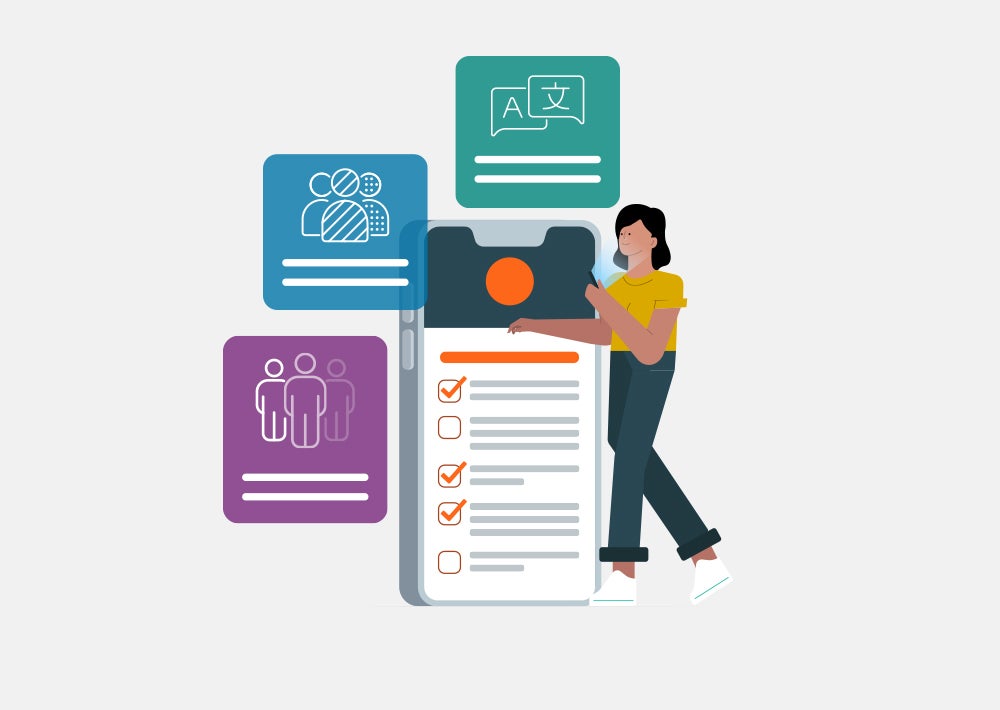When it comes to paying for their healthcare, today’s patients have more “skin in the game” than ever before. Patient financial responsibility makes up an ever-growing share of provider revenue—according to the CDC, the number of Americans enrolled in high-deductible health plans reached 47% in 2018.
As a result, consumers are more selective now about where they go for care and more concerned about when and how much they’ll have to pay. Managing those expectations isn’t always easy, but these tips can help your healthcare organization navigate the patient payment process and improve their overall financial experience.
Provide Price Transparency
When patients walk into your office, they likely have two initial concerns—how soon they’ll be seen and how much they’ll have to pay for their care. With the rise of consumerism in healthcare, today’s patients need to know more about the cost of their care, and providers need to align with that demand and offer them the price transparency they want.
Unlike the fixed prices advertised for retail products, transportation and other services, costs often vary widely among different providers and healthcare organizations, leaving many patients feeling anxious and uncertain about how much they’ll owe for their visit. Consider adding a cost estimation tool to your intake process that can automatically calculate estimated charges for a patient’s upcoming appointment before they arrive. Offering price transparency helps patients feel more prepared to manage their financial responsibilities, and it also saves staff time and improves practice collections.
Prioritize Privacy
In addition to providing price transparency, it’s important to offer a private, secure patient payment experience. Some patients may feel embarrassed to discuss financial concerns with staff, especially at the front desk or in the waiting room where others might overhear.
Give patients the option to self-pay privately and securely, in your office or before they arrive, to help them feel more comfortable and in control. You could also assign a trained staff member to speak privately with patients if they have payment questions or concerns while they’re in the office.
Improve Financial Communication
As their out-of-pocket costs rise, many patients may not fully understand their coverage, including deductibles and copay amounts. Clinicians and staff need to be able to explain patients’ financial responsibilities to them, and have the right processes in place to help them understand their share of healthcare costs.
First, make sure you have an easy-to-read financial policy that explains: who is responsible for what percentage of payment; when payment is due (usually at the time of service); acceptable forms of payment; late payment fees; and your cancellation policy, including no-show charges. Have patients sign the financial policy and keep a copy, and make sure it’s clearly visible in your office and posted on your website. It’s also a good idea for clinicians to implement a standardized way to ask patients about their possible financial limitations, documenting those conversations in the patient’s medical record for staff follow-up. Leveraging technology to automate collections will allow your staff to address those patient financial questions and coverage concerns, instead of focusing on whether or not they have paid.
Offer Flexible Patient Payment Options
Convenience is the key to improving the patient payment experience. Many patients already pay their other bills online and want to do the same with their healthcare expenses. Give patients the option to pay copays and balances from their computer or mobile device before their appointment or when they arrive at your office. Not only does this offer them a more private experience than paying at the front desk, it also means they won’t have to remember to bring payment to their appointment.
Online payments are another effective way for patients to pay directly on your website from the privacy and ease of their own device. And, if you have a large percentage of patients on high-deductible health plans, a credit-card-on-file program streamlines the payment process by allowing patients to store their credit card on a secure platform that your office can use to charge for their treatment after their visit. You can then send them a follow-up text or email confirmation to let them know when a payment has been posted to their account.
Finally, customized patient payment plans support those who need financial assistance by allowing them to make monthly payments toward their balance. Such plans also give patients visibility into their payment history, which helps them stay on track with their financial agreement.
Whether it’s someone who prefers to pay their copay privately, a busy parent who prefers to leave a credit card on file, or a patient who needs to set up a payment plan to meet their healthcare costs, these strategies will help your organization meet your patients where they are and create a better financial experience for everyone.
Learn how Phreesia helps healthcare organizations manage their revenue cycle.




